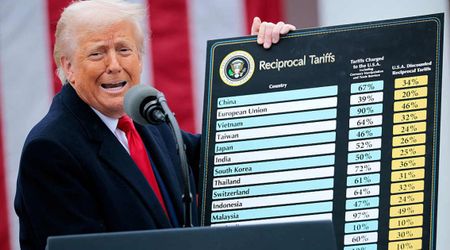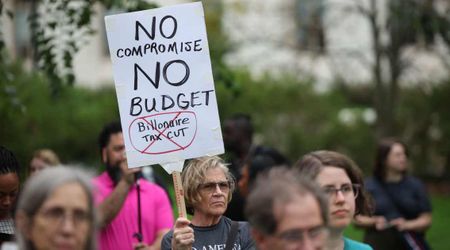SECURE 2.0 Act Unveils Unprecedented Retirement Benefits for Over 20 Million Americans

In a groundbreaking move, over 20 million Americans could soon be eligible for free retirement money as part of the newly enacted SECURE 2.0 Act. This transformative legislation opens the door for certain individuals to receive a matching retirement plan contribution from the federal government, set to commence in 2027. In 2019, Congress introduced the Setting Every Community Up for Retirement Enhancement Act (SECURE Act) to enhance Americans' retirement preparedness. At the close of 2022, the SECURE 2.0 Retirement Savings Act, commonly known as SECURE Act 2.0, was enacted into law. This latest legislation builds upon the foundations laid by the original SECURE Act of 2019, introducing numerous provisions aimed at simplifying retirement savings in individual retirement accounts (IRAs) and workplace plans. While some changes took effect this year, others are scheduled to roll out in 2024, 2025, 2026, and 2027.

The SECURE 2.0 Act introduces several innovative retirement provisions to the existing system. Notably, lower-income workers now have the opportunity to match their retirement savings to qualified retirement plans. A recent report by the Employee Benefit Research Institute reveals that out of 83.8 million eligible taxpayers, 21.9 million contribute to employment-based retirement plans or traditional IRAs. Under this new initiative, all matches come with a maximum value of $1,000, with a rate of $0.50 per dollar contributed by each employee, capping at $2,000 annually. Financial planner Stephan Drescher highlights that the match will be directly deposited as a Roth contribution into the employee's retirement account, growing tax-free and remaining exempt from taxes upon withdrawal. To be eligible for this unprecedented opportunity, individuals must have an adjusted gross income of up to $80,000 for couples or $40,000 for single filers. The federal government will match 50 percent of the employee's contributions.

"This savings match scheduled to go into effect in 2027 is desperately needed by many working Americans," says Alex Beene, a financial literacy instructor for the state of Tennessee. Recognizing a significant gap in the retirement savings of most Americans, Beene emphasizes the importance of this program for those approaching retirement.
Lindsay Bryan-Podvin, a financial therapist and founder of Mind Money Balance, applauds the new offering, stating that it addresses the confusion surrounding the previous Saver's Credit. Unlike its predecessor, the 'Saver's Match' not only reduces a tax bill but rewards retirement savers with additional funds. Bryan-Podvin notes that this marks one of the first instances where low- and middle-income earners have access to a legal loophole and a stackable financial advantage. Bryan-Podvin explains, "This incentive is specifically for low- and middle-income earners, incentivizing them to save now. Eligible Americans don't have to choose one matching benefit over the other; they get their employer match if their employer offers one and the 'Saver's Match,' stacking both benefits."

However, experts caution that while this program is a significant step forward, it should not be viewed as a comprehensive retirement offering. Personal savings and Social Security will remain crucial components of retirement planning. "It's to fill in the savings gap for low-income workers," Beene advises. For those nearing retirement, regular contributions are still essential, with the extra $2,000 serving as a supplemental boost rather than the primary source.
Addressing challenges in 529 college savings plans, Section 126 allows beneficiaries to roll over up to $35,000 from a 529 account into a Roth IRA. This provision, effective immediately, aims to eliminate penalties associated with nonqualified withdrawals, encouraging families to fund 529s adequately for rising education costs. The 529 must be at least 15 years old, and rollovers are subject to Roth IRA annual contribution limits.
Recognizing the burden of student loan debt on retirement savings, Section 110 of SECURE Act 2.0, taking effect in 2024, introduces the concept of student loan matching contributions. This innovative provision empowers employers to match retirement plan contributions based on employees' qualified student loan payments, bridging the gap between managing debt and saving for retirement.




















